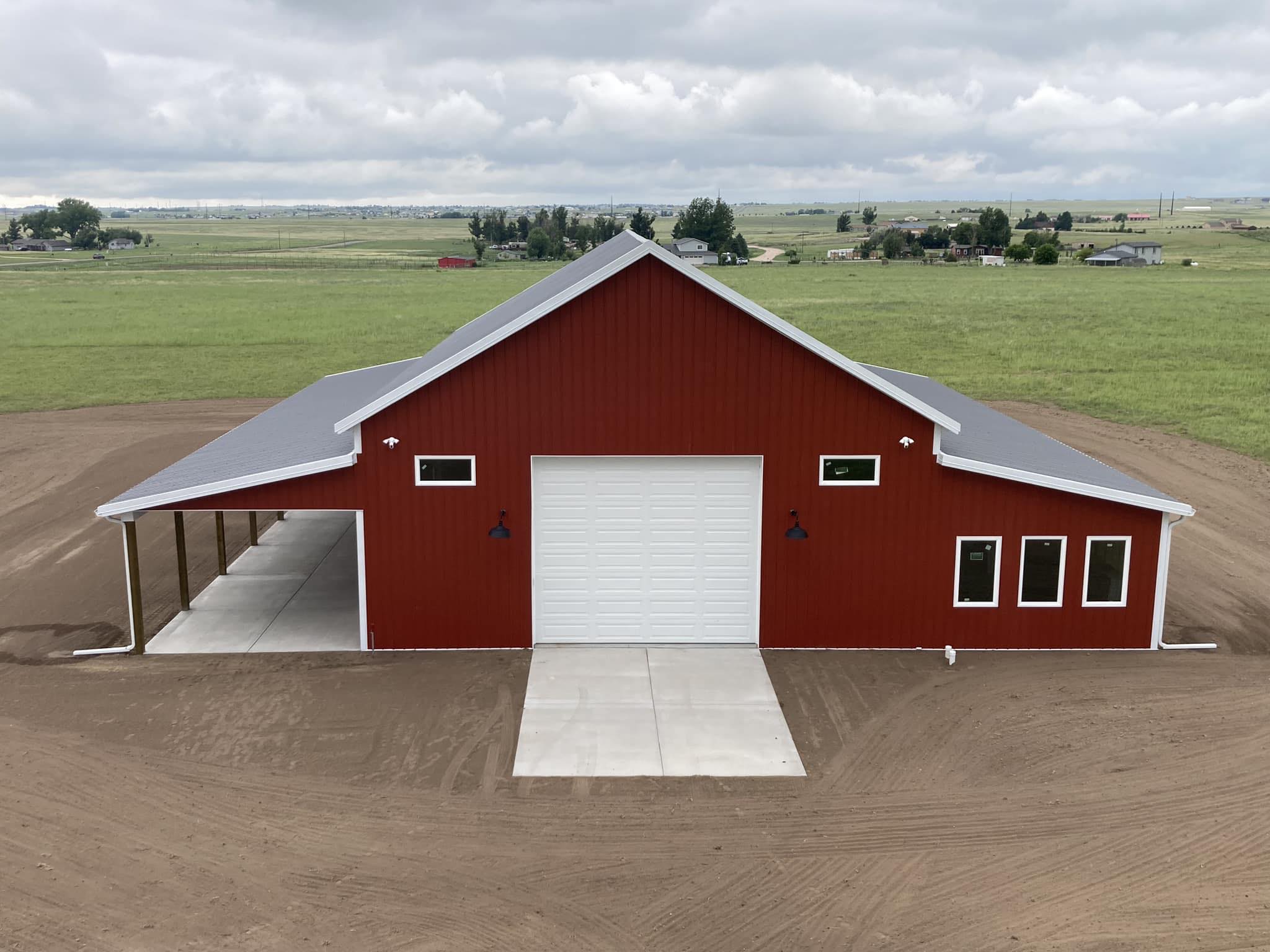
Essential Guide to Sustainable Materials in Construction Oct 22, 2025
Beginning with sustainable materials, the term generally refers to resources that offer environmental, social, and economic benefits when compared with traditional materials. This includes materials that are renewable, eco-friendly, and sourced responsibly. The benefits of sustainable materials in construction extend beyond environmental considerations. They also enhance efficiency, reduce waste, and often lead to significant cost savings over time.
Among the most popular sustainable materials is bamboo. Bamboo grows rapidly and can be harvested without causing harm to the environment. Its strength and flexibility make it an excellent alternative to traditional timber. Another commonly used material is reclaimed wood. By recycling old wood, construction projects can reduce the demand for new lumber, thus lessening deforestation and preserving natural habitats.
Another sustainable option is recycled steel. Steel is one of the most recycled materials globally, and using recycled steel in construction reduces energy consumption by a significant margin compared to producing new steel. Its durability and strength ensure that recycled steel provides a robust framework for buildings.
Insulation is another critical component of sustainable construction. Materials such as cellulose insulation, often made from recycled paper products, offer excellent insulation properties while being environmentally friendly. It reduces the need for energy consumption in heating and cooling, thus decreasing a building's overall carbon footprint.
Sustainable building isn't limited to structural materials. Paints and finishes also have eco-friendly alternatives. Low-VOC (volatile organic compounds) paints promote indoor air quality and are better for the environment. They emit fewer chemicals, contributing to healthier living spaces.
For those seeking to incorporate sustainable practices, energy-efficient windows offer both environmental and economic benefits. They minimize heat loss, decreasing the need for excessive heating. Inserts like double-glazed windows are effective in preventing energy escape, working efficiently in various climates.
When planning for sustainable construction, it's vital to consider the lifecycle of materials. Choosing materials with a long lifespan, which are easy to maintain and simple to dispose of, further mitigates environmental impact. High Plains Home and Ranch Services recommend integrating lifecycle thinking into every stage of construction, from planning and design through to completion and maintenance.
Embracing sustainable materials doesn't mean compromising on design or functionality. On the contrary, these materials often offer superior aesthetic quality and performance. They can cater to a wide range of styles and preferences, ensuring that each construction project is both sustainable and stylish.
In conclusion, employing sustainable materials in construction isn't just a trend; it's a necessary evolution in the industry. As customers of High Plains Home and Ranch Services, you have the opportunity to make informed choices that support environmental health while building your dream project. Understanding and utilizing sustainable materials is the first step towards more responsible and sustainable construction practices. Whether you're starting a new project or retrofitting an existing space, opting for sustainable materials can lead to significant environmental and economic benefits.
/filters:no_upscale()/filters:format(webp)/media/975693d2-ddd8-4d7f-804b-a3ed7bc78627.jpeg)